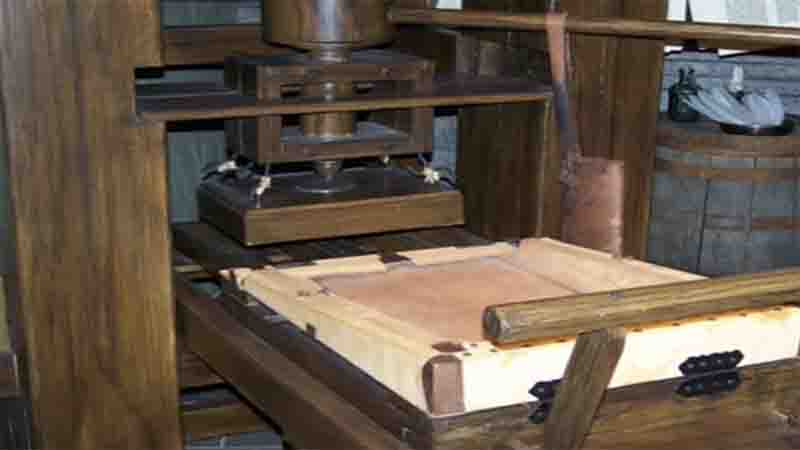
The printer industry, a cornerstone of modern offices and homes, has a rich history that spans centuries. From its humble beginnings to today’s cutting-edge technology, the evolution of printing has been a fascinating journey. Let’s embark on a historical tour of the printer industry.
Ancient Beginnings
Printing can be traced back to ancient civilizations. The Chinese are credited with inventing the first printing technique around 200 CE, using woodblocks to reproduce images on paper. This early form of printing made its way to Korea and Japan, where it flourished.
The Gutenberg Press Revolution
Gutenberg’s press, with its metal type, allowed for the mass production of books, marking the start of the “Printing Revolution.” His most famous work, the Gutenberg Bible, printed around 1455, is considered one of the most important books in history.
The Industrial Age and Linotype
In the 19th century, the Industrial Age brought significant advancements to printing technology. The Linotype machine, invented by Ottmar Mergenthaler in the late 1800s, automated the typesetting process. This innovation drastically increased the speed and efficiency of printing, making newspapers and books more accessible to the masses.
Offset Printing and Photocopying
Offset printing, developed in the early 20th century, allowed for high-quality, large-scale printing. This method is still widely used for various types of publications, including magazines, brochures, and packaging.
The mid-20th century saw the introduction of the photocopier, revolutionizing document reproduction. Xerography, developed by Chester Carlson and commercialized by Xerox, made it possible to quickly produce multiple copies of documents. This technology was a game-changer for offices worldwide.
The Inkjet and Laser Printer Revolution
The late 20th century witnessed the rise of personal computing and the birth of the inkjet and laser printer industries. Companies like HP and Canon introduced inkjet printers that made high-quality color printing accessible to home users. Laser printers, on the other hand, offered speed and efficiency, making them a staple in office environments.
Innovation in the 21st Century
The 21st century brought further innovation to the printer industry. Wireless and mobile printing became the norm, allowing users to print from smartphones and tablets. 3D printing emerged as a disruptive technology, enabling the creation of physical objects from digital designs.
Environmental concerns led to the development of eco-friendly printing practices and the production of energy-efficient printers. Manufacturers also focused on improving the longevity of printer components and reducing waste.
The Future of Printing
As we move forward, the printer industry continues to evolve. 3D printing is expanding its applications in various fields, from healthcare to aerospace. Nanotechnology is being explored to create more efficient and sustainable printing processes.
Moreover, the shift towards paperless offices and digitalization has changed the landscape of printing. While traditional printing remains essential, it is complemented by digital solutions that offer convenience and reduced environmental impact.
In conclusion, the history of the printer industry is a testament to human ingenuity and the relentless pursuit of making information more accessible. From ancient woodblocks to 3D printing, printers have played a pivotal role in shaping the way we communicate and share knowledge. As technology continues to advance, the printer industry will undoubtedly be at the forefront of these transformations, offering new possibilities and pushing the boundaries of what can be achieved in the world of printing.

